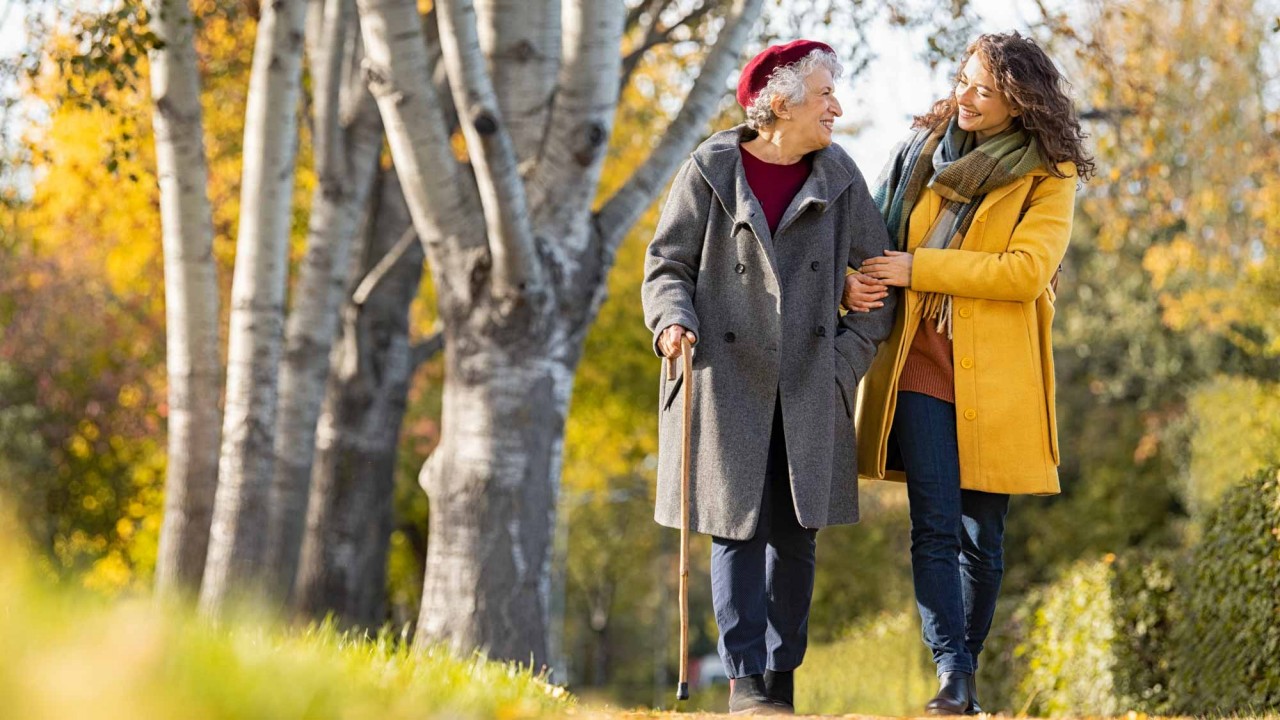Phil Moeller: How a bad fall helped me better prepare to avoid another one
My terror of falls dates from November of 2021. I was taking a walk on a pleasant autumn day. I had the sniffles that morning but otherwise felt fine. After about 40 minutes, I started to feel lightheaded as I got close to home. The last thing I remember was thinking that I needed to find someplace to rest and catch my breath.
When I awoke and got to my feet, an alarmed passer-by helped me back to my front door. At the time, I had no memory of this Good Samaritan, or of much else. I do remember standing at my doorway and ringing the bell, even though I had my house keys in my pocket.

The vision my wife saw when she opened the door will stay with her forever. Blood everywhere, cuts all over my face and one hand, and the rising swelling of welts on my face and one arm that would blossom into yellow and purple bruises.
I had fainted and face-planted on an asphalt street. My sniffles? COVID-19. But I didn’t know that until I was tested at the walk-in clinic that bandaged and sewed me up. Fainting is a common side-effect of COVID, I learned. Besides the stiches and nerve damage to one finger, I had fractured all of my front teeth, triggering a 15-month dental ordeal.
And I had a deadly fear of falling again.
More than 42,000 people died from falls in the U.S. in 2020. Seven of every eight fall-related deaths involved someone aged 65 and older. Falls also are the number one cause of injury among older folks, as I can sadly attest.
I also am learning that my acute fear of falling is not healthy, triggering defensive behaviors that have limited my enjoyment of life and, ironically, are more likely to lead to another fall than prevent one.
Taking back control
I am now committed to a program of physical therapy and lower-body strength training that gives me the skills and the confidence to better navigate the threats of falling that I now see literally around every corner, in and out of my home.
Here is my personal prescription for how I’m avoiding falls, informed by my own experience and a ton of research. Be sure to consult your doctor for additional insights.
- Be deliberate but not tentative. This is easier said than done.
- Check out your surroundings before moving or walking.
- Pay attention to your body. Most falls occur when people are tired.
- Get up slowly, whether getting out of bed or rising from a chair or sofa. Give yourself a few seconds to let your head clear.
- When walking, check out the first 10 steps before you begin. Once you start, avoid looking down and instead keep your head looking up and ahead at the path you are taking. Keeping your head up naturally moves your weight back onto your heels, where it should be, and provides a more stable center of gravity.
- Don’t let vanity get in the way of using a walking stick, cane, walker or wheelchair. They are there to help you, not brand you as imperfect.
- Be honest about what you can and cannot do. I was on a hike with friends last summer and had to swallow my pride and tell them the terrain was too challenging for me to continue.
- Your home is simultaneously your safest and most dangerous place.
- Avoid clutter. Even if you don’t need a wheelchair, follow Americans with Disabilities Act guidelines and provide three-feet-wide walking corridors.
- Avoid throw rugs and bathmats that can slip.
- Have handrails near toilets and bathing areas.
- Have bannisters on all steps, including front and rear porch entrances.<.li>
Experts at Johns Hopkins note several factors commonly associated with falls:
- Balance and/or walking problems. Balance can be affected by vision changes, inner-ear problems and altered sensation in the feet.
- The use of multiple medications. When individuals take five or more medicines, the risk of falls increases.
- Home hazards. This includes dim lighting and trip hazards.
- Positional low blood pressure, such as orthostatic hypotension, when blood pressure drops upon standing.
- Feet and footwear issues
The Johns Hopkins article also recommends balance and strengthening exercises.
I’m doing all of this, and more. And despite what I do, another fall is always possible. So, I’m also learning how to tuck-and-roll in case I do fall.
Safe landings to all!
Author bio

Philip Moeller is the principal author of the Get What’s Yours series of books about Social Security, Medicare, and health care. Read his Substack newsletter and his posts on Threads @healthauthor.